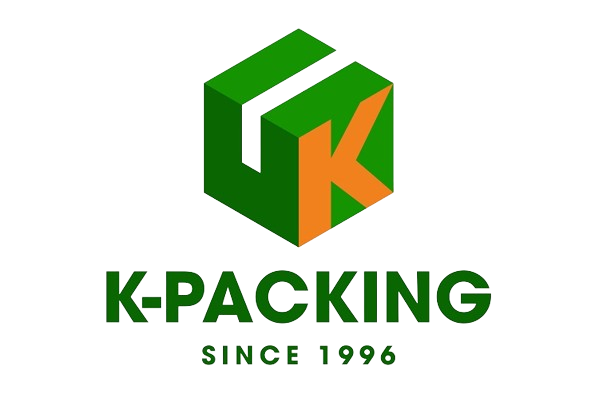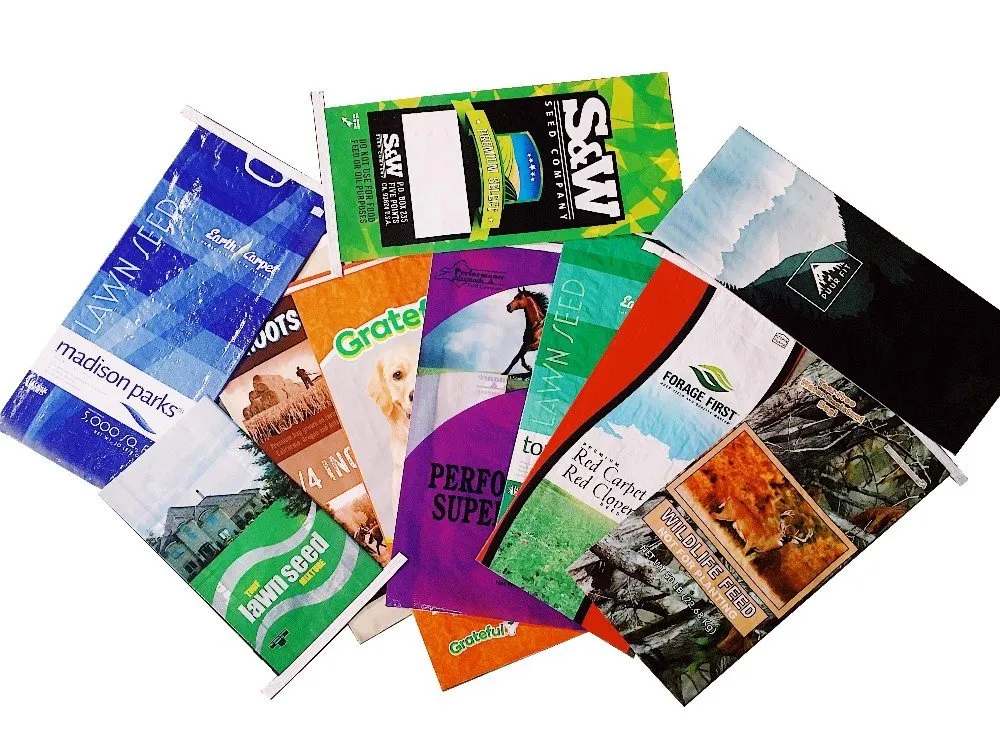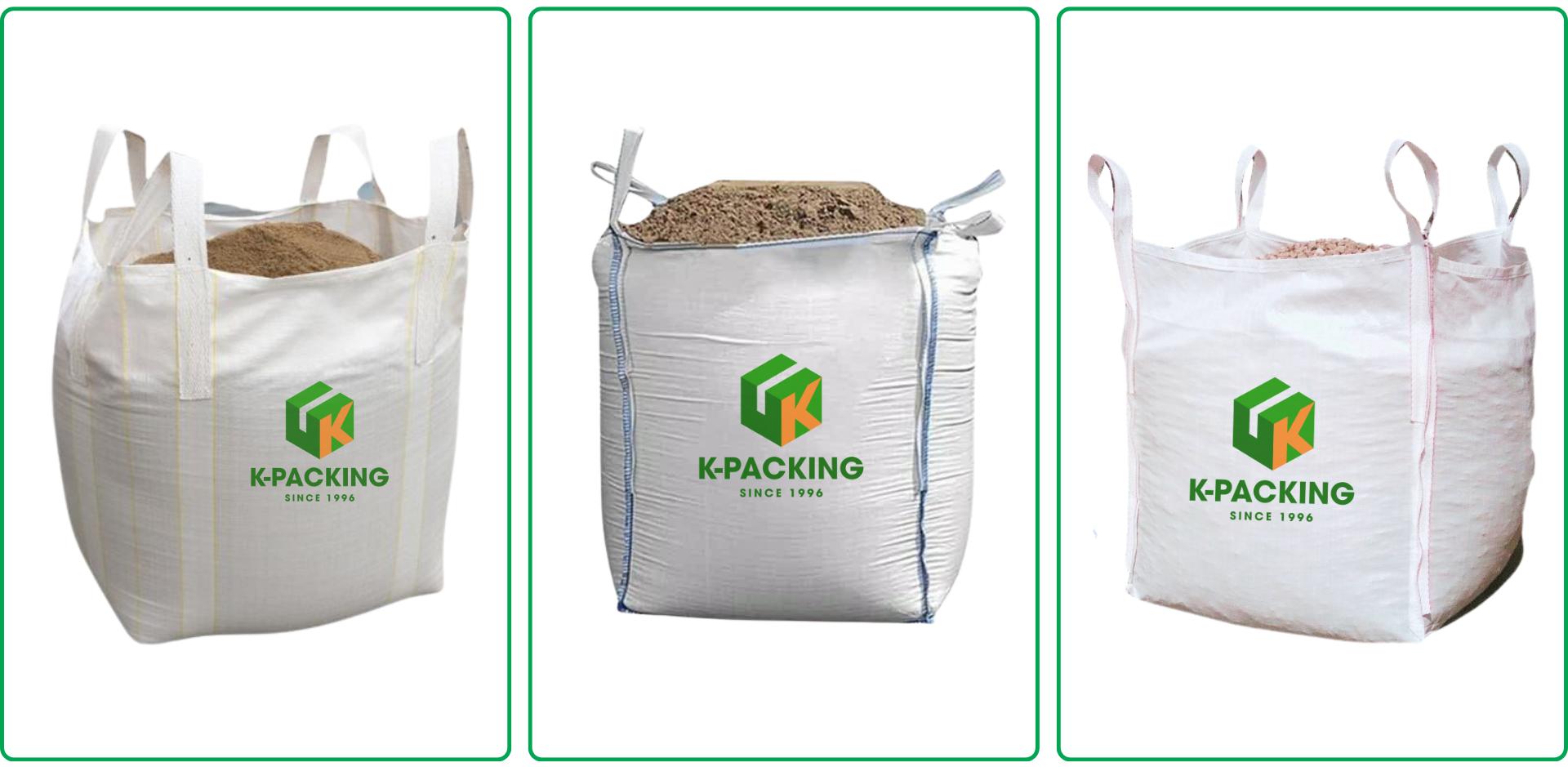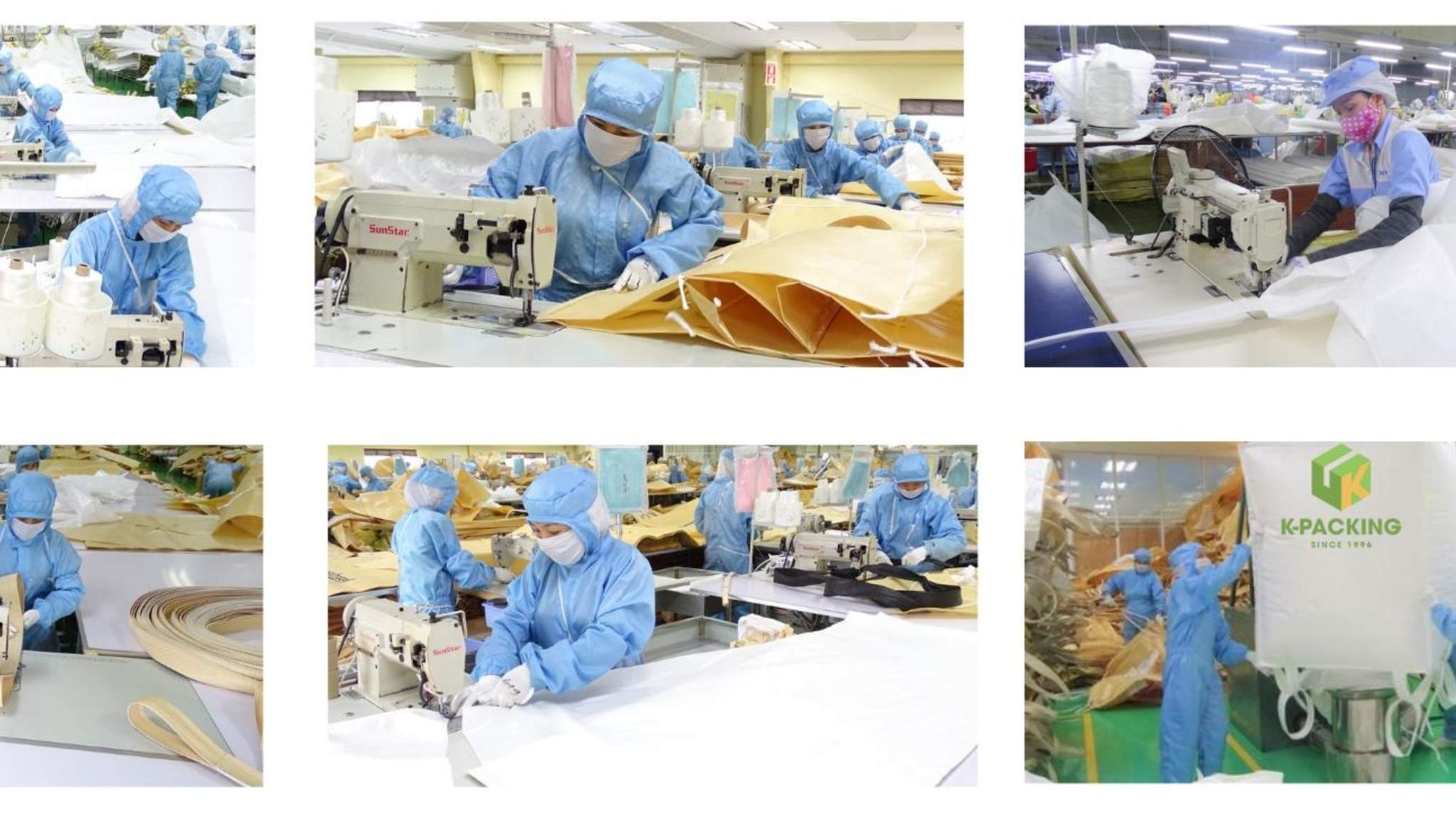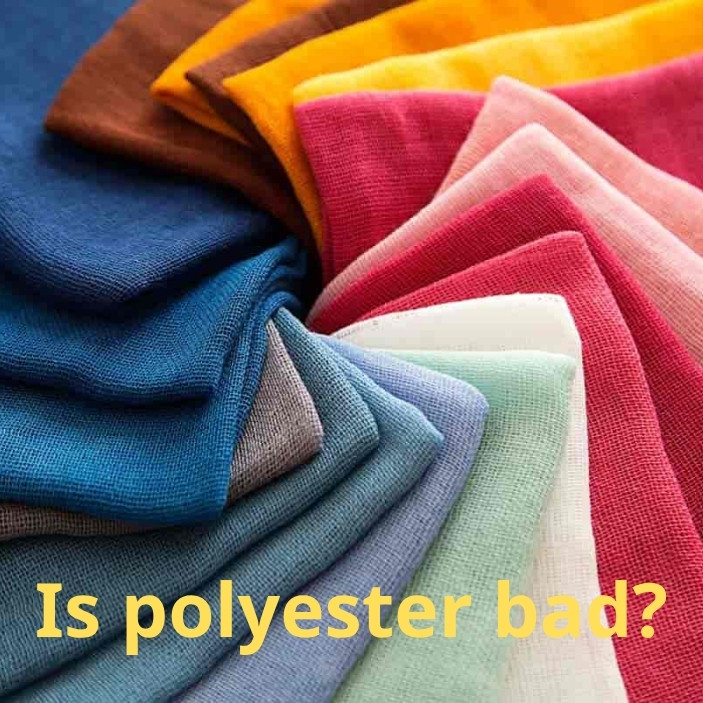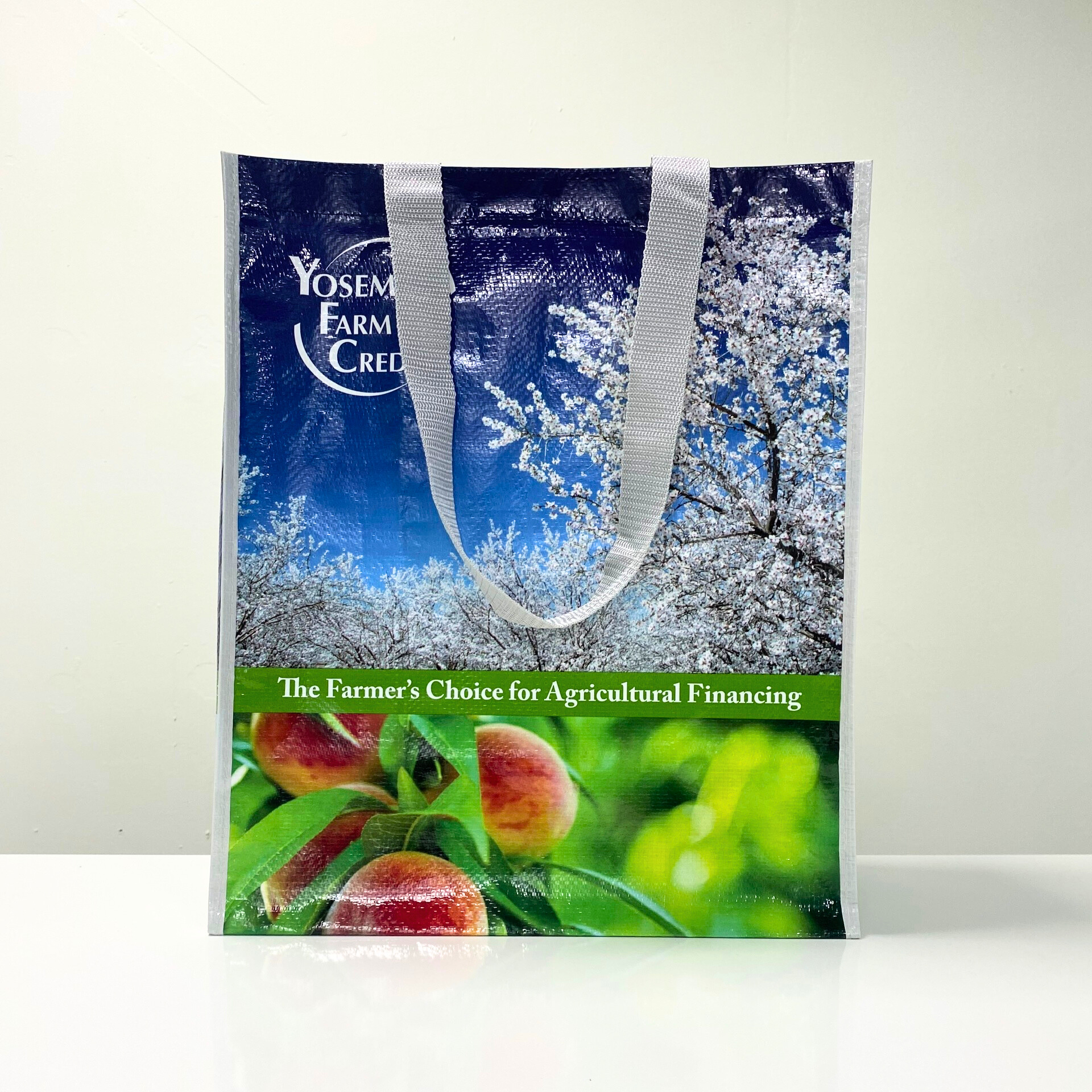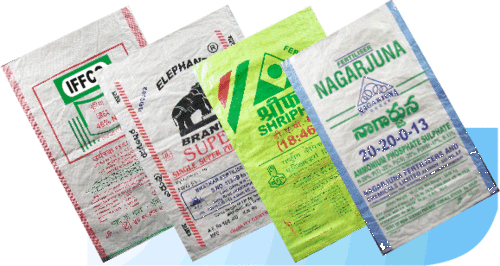Many consumers and businesses still wonder whether shopping bags can really be recycled. It’s an understandable question shopping bags today are made from so many materials like plastic, paper, PP, cotton, rPET, or even biodegradable film, and each behaves differently when it comes to recycling or disposal.
According to several international studies, including a life cycle assessment by RMIT University (Australia), almost every type of shopping bag can be reused or recycled if handled properly. The key difference lies in how many times the bag is reused and how it’s collected and processed.
In this article, we’ll explore what shopping bags are made of, which ones are biodegradable, and how recycling really works – so both consumers and businesses can make smarter, more sustainable choices.

1. What are shopping bags made of?
As a professional manufacturer, we produce shopping bags from various materials tailored to each customer’s purpose, budget, and sustainability goals.
The most common materials used include:
- Plastic (PE, PP, rPET): Lightweight, durable, and water-resistant. HDPE and LDPE are typically chosen for retail and supermarket applications.
- Paper (kraft or recycled): Made from virgin wood pulp or recycled fibers, fully biodegradable, and ideal for printing and branding.
- Fabric (cotton, canvas, jute, hemp, or rPET non-woven): Reusable, strong, and suitable for eco-friendly or premium brand campaigns.
Each material has its own balance of cost, durability, and environmental performance. Our team helps businesses select the right option based on usage scenarios and local environmental regulations.
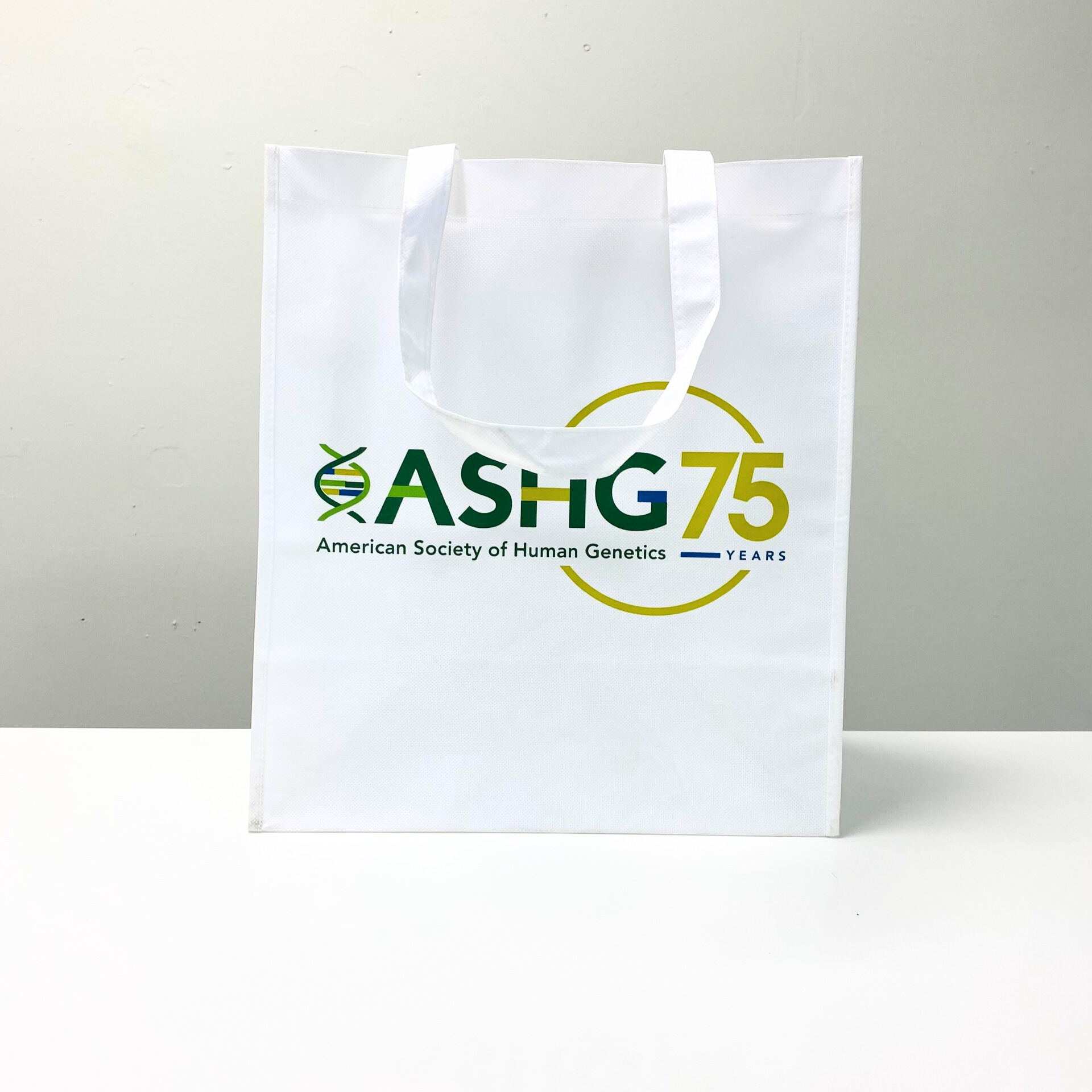
2. Are shopping bags biodegradable?
The biodegradability of shopping bags depends entirely on the materials used during production, as each type of material reacts differently when exposed to natural environmental conditions such as sunlight, moisture, and microorganisms.
2.1 Conventional plastic bags
Traditional plastic bags made from polyethylene (PE), polypropylene (PP), or recycled PET (rPET) are non-biodegradable. These materials are derived from petroleum-based resins, which give them exceptional strength and durability but also make them resistant to natural decomposition. As a result, they can persist in landfills or the environment for several decades if not properly handled.
For these plastic-based bags, the most effective environmental strategy is not disposal, but reuse and recycling. Encouraging customers to reuse bags multiple times significantly reduces their environmental footprint. At the end of their usable life, these bags can be collected, cleaned, melted down, and reprocessed into new products – such as garbage bags, industrial packaging film, or recycled pellets for manufacturing. This approach minimizes waste, conserves resources, and extends the overall lifecycle of the material.
2.2 Natural material bags
In contrast, bags made from natural fibers like paper, cotton, jute, or hemp are biodegradable. These materials can naturally decompose within a few months under favorable conditions, breaking down into organic matter without leaving toxic residues.
Paper bags degrade quickly, while cotton and jute require more time due to their dense fiber structure. However, all of them return safely to the environment, making them a preferred option for brands seeking eco-friendly, renewable alternatives.
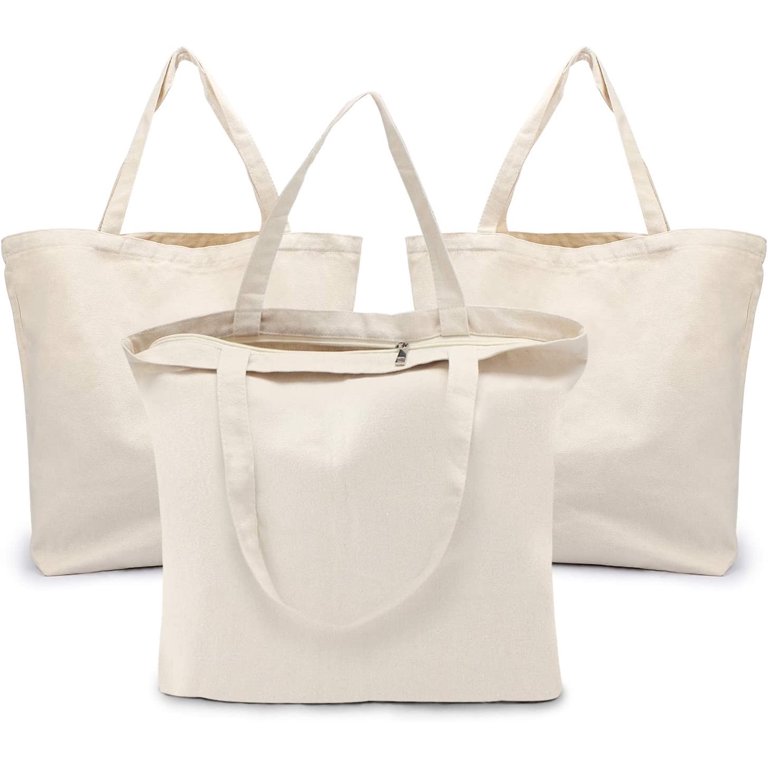
3. Are shopping bags recyclable?
Yes, shopping bags can be recycled, but not all materials are equally easy to process. As a manufacturer, we divide them into two main groups: synthetic plastics (HDPE, LDPE, PP, rPET) and natural materials (paper, cotton, jute, hemp). Each group follows a very different recycling pathway.
3.1 HDPE and LDPE plastic bags
Shopping bags made from high-density polyethylene (HDPE) and low-density polyethylene (LDPE) are technically recyclable, but not environmentally friendly in practice.
Although both are thermoplastics that can be melted down and remolded, the thin film structure of these bags makes them difficult and costly to collect, sort, and clean. In mixed waste streams, they often contaminate other recyclables or clog sorting machinery.
Because of this, HDPE and LDPE bags are accepted only through specialized drop-off programs at supermarkets or recycling centers — not in household recycling bins. The best way to reduce their environmental impact is to reuse them multiple times and establish bulk return systems for post-consumer collection at retail or warehouse levels.
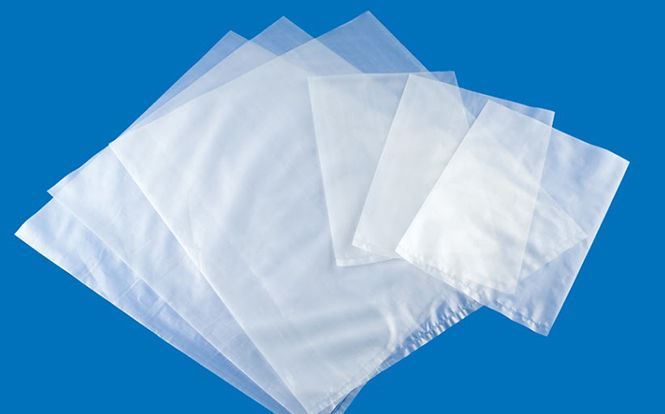
3.2 PP and rPET bags
Polypropylene (PP) and recycled PET (rPET) bags have better recyclability and a higher material recovery rate:
- PP woven and non-woven bags are thicker, durable, and easy to sort by resin type. They can be mechanically recycled into pellets used for products like containers, boxes, and packaging sheets.
- rPET bags, made from recycled PET bottles, can enter existing PET recycling loops and be remanufactured into fibers, films, or new rPET bags.
These materials align well with closed-loop recycling systems, allowing businesses to reuse recovered materials in future production — reducing dependence on virgin plastics.

3.3 Natural material bags
Bags made from natural fibers such as paper, cotton, jute, and hemp are inherently recyclable and biodegradable, offering a much cleaner end-of-life solution.
- Paper bags can be recycled through standard municipal systems, with a recovery rate up to 80–90%.
- Cotton, jute, and hemp bags are primarily designed for reuse, but when discarded, they can biodegrade naturally or be repurposed into industrial textiles.
These materials require less complex recycling infrastructure and leave minimal environmental residue, making them a preferred choice for brands pursuing sustainable packaging strategies.
4. Where to Recycle Shopping Bags?
The recycling process for shopping bags varies globally, depending on local waste management systems and infrastructure. As an international manufacturer, we encourage businesses and consumers to follow region-specific recycling pathways that ensure materials are properly recovered and reintroduced into production.
4.1 Plastic Bags
In most developed markets, thin plastic films such as HDPE and LDPE bags are not accepted in curbside recycling bins because they can jam sorting machinery. Instead, they must be taken to designated collection points – typically located at major retail chains and supermarkets.
- In the United States, Walmart, Target, Whole Foods, Home Depot, and Lowe’s all operate store drop-off programs for plastic bags and flexible packaging.
- In Europe, programs like Plastic Film Recycling Europe and RecyClass guide collection across member states, with drop-off bins available in supermarkets and retail parks.
- In Asia-Pacific, growing initiatives in Japan, Singapore, and Australia support film collection through supermarket take-back systems and local recycling partners.
For PP and rPET bags, the collection process often takes place through industrial or commercial recycling facilities rather than public bins, as these materials require separation by resin type. Businesses can collaborate directly with certified recyclers to ensure clean recovery of post-consumer bags.
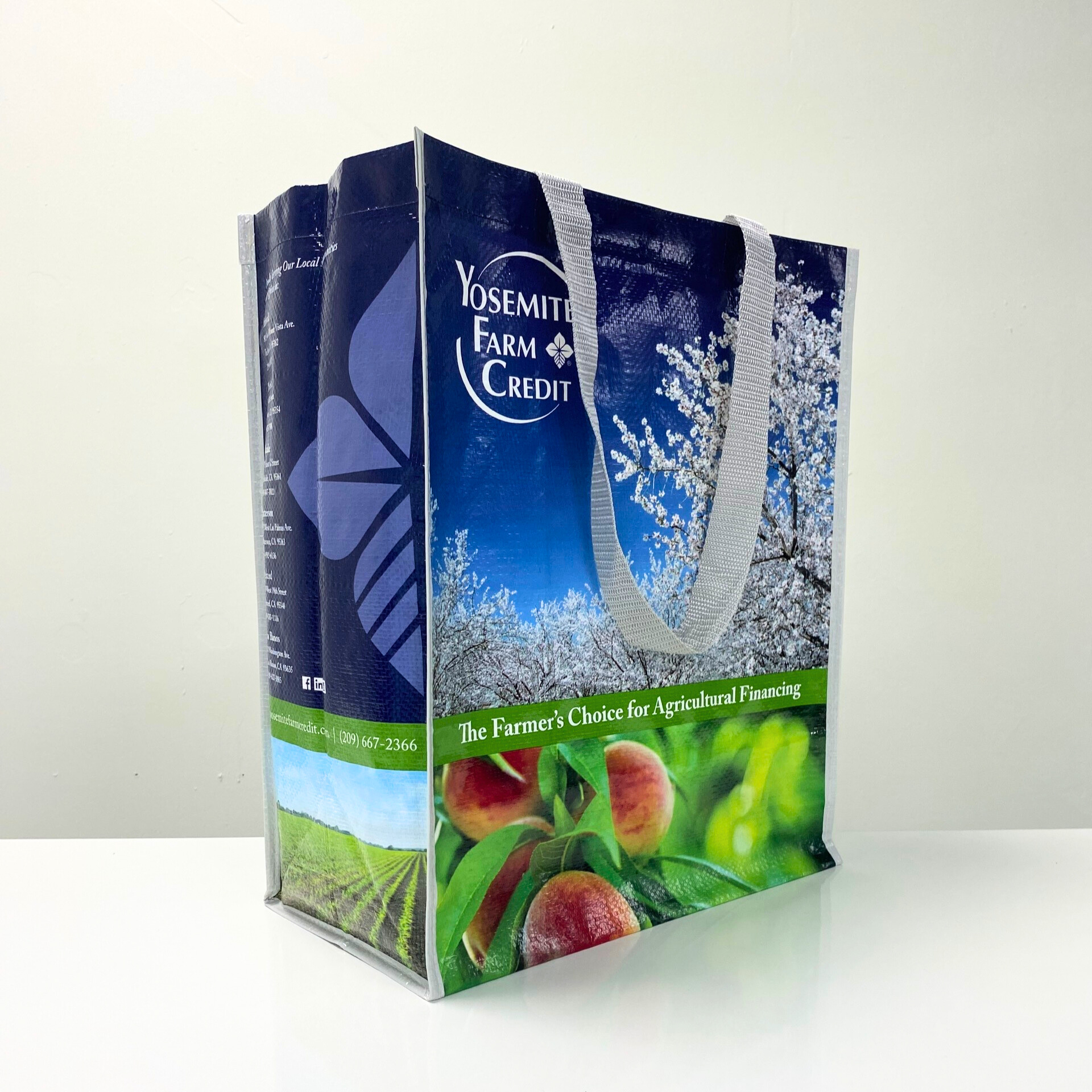
4.2 Paper and natural fiber bags
Recycling for paper bags is well-established worldwide. Consumers can place kraft or recycled paper bags directly into standard paper recycling bins in nearly all countries with organized waste.
Bags made from cotton, jute, or hemp are less frequently recycled but can be repurposed or composted under organic waste programs. In the EU, UK, and Canada, compostable collection schemessystems are expanding to include natural-fiber packaging waste.
5. What effects do shopping bags which are not biodegradable have?
Non-biodegradable shopping bags – mainly those made from HDPE, LDPE, and other petroleum-based plastics – have long-term environmental impacts when disposed of improperly. Because they do not naturally decompose, these bags remain in landfills and the environment for decades, contributing to pollution and resource waste.
5.1 Environmental impact
When released into the environment, single-use plastic bags often end up in rivers and oceans, where they threaten marine life. Many animals mistake them for food or become entangled, leading to injury or death. On land, plastic bags can clog drainage systems, release toxins into soil, and disrupt agricultural ecosystems.
Over time, these plastics fragment into microplastics that enter the food chain and affect both wildlife and human health. In short, every discarded plastic bag leaves a lasting footprint on the planet.
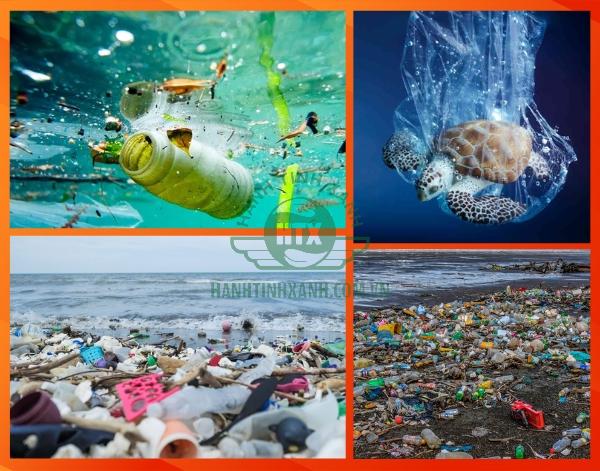
5.2 Responsible alternatives
To minimize these impacts, we strongly recommend reducing single-use plastic bags and shifting to durable, reusable options such as PP woven, rPET, or cotton bags.
- PP woven bags are lightweight, strong, and designed for hundreds of uses.
- rPET bags, made from recycled plastic bottles, support circular manufacturing by giving waste materials a second life.
- Cotton and canvas bags offer a biodegradable, natural alternative for long-term use and sustainable branding.
By encouraging consumers to reuse and maintain their bags instead of treating them as disposable brands can significantly reduce waste, cut emissions, and align with global sustainability goals.
The key is simple: use less, reuse more, and choose materials that last.

6. How to recycle shopping bags
Recycling shopping bags properly is essential to prevent waste and support a circular economy. As a manufacturer, we always advise both consumers and businesses to follow a clear recycling process – ensuring that materials are clean, compatible, and actually reused in production instead of ending up in landfills.
6.1. Clean and prepare
Before recycling, make sure each bag is completely clean and dry. Remove receipts, food residue, labels, and adhesives, as contaminants can reduce the quality of recycled pellets or damage recycling equipment. Fold or roll the bags neatly for easier transport and storage.
For businesses, pre-sorting and baling bags into compact bundles help reduce logistics costs and improve recycling efficiency.
6.2. Sort by material type
Different bag materials follow different recycling streams:
- HDPE and LDPE film bags should be separated from rigid plastics and paper. These thin films are recyclable but must go to specialized collection programs, not household bins.
- PP woven or non-woven bags can be recycled into pellets used for industrial packaging, containers, or furniture.
- rPET bags belong in the PET recycling stream, where they can be remade into fibers, fabric, or new rPET film.
Proper sorting prevents contamination and allows recyclers to recover high-quality materials suitable for closed-loop production.
6.3. Drop off or partner with recyclers
Once sorted, bags should be brought to the nearest local plastic recycling collection point — such as drop-off bins at supermarkets, community recycling centers, or municipal facilities.
In most developed countries, major retailers including Walmart, Target, Tesco, Carrefour, and Whole Foods maintain store drop-off programs that accept flexible plastics and shopping bags for proper recovery.
For businesses or retail chains managing large quantities, we recommend partnering directly with certified recycling facilities or manufacturers like us.
This approach ensures that all post-consumer bags are professionally collected, sorted, and reprocessed into new materials — providing full traceability, measurable recycling output, and compliance with ESG and circular economy goals.
6.4. Processing and reuse
At recycling plants, used shopping bags are:
- Shredded and washed to remove impurities.
- Melted and pelletized into recycled resin.
- Reprocessed into new products such as trash liners, pallets, outdoor furniture, or even new reusable bags.
Through this process, discarded bags are transformed into valuable raw materials, reducing waste and dependence on virgin plastics.
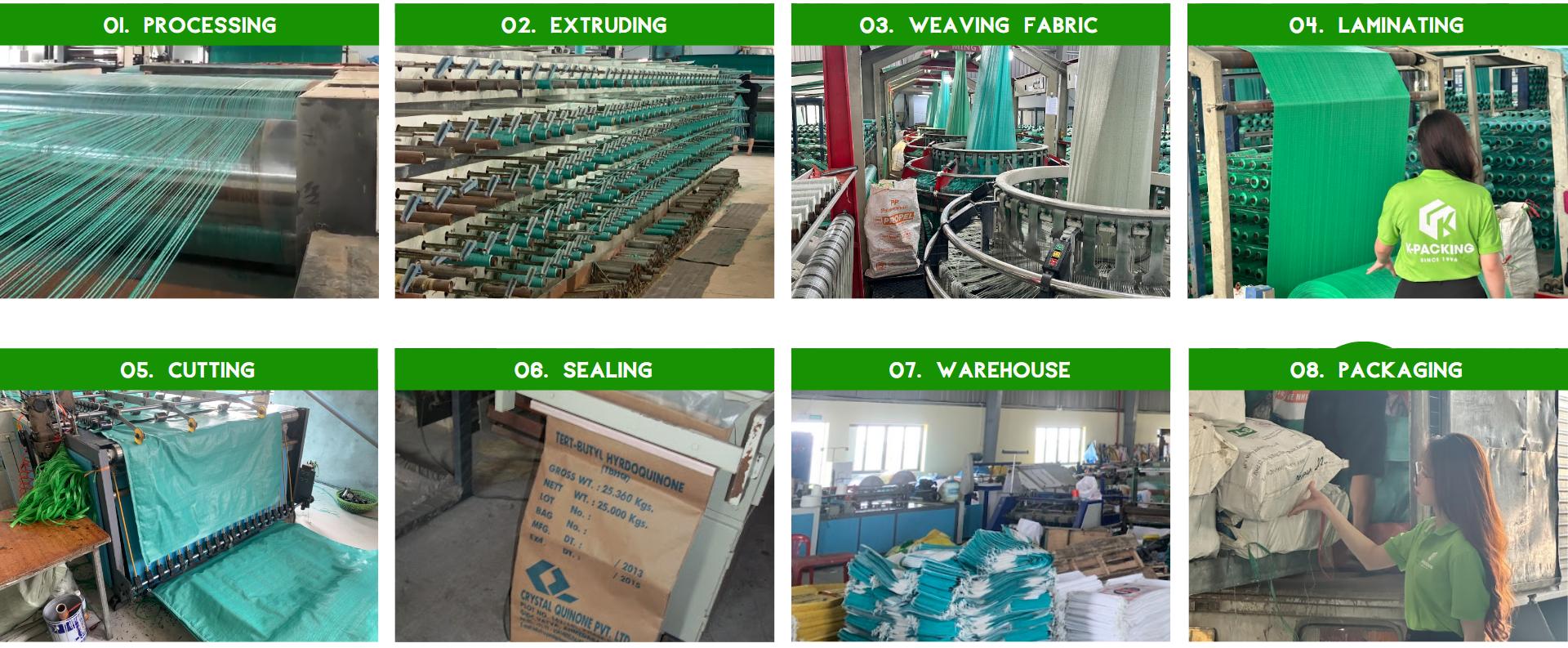
6.5 Encouraging responsible behavior
To make recycling effective at scale, consumers and businesses must work together:
- Reuse shopping bags as many times as possible before recycling.
- Choose PP woven, rPET, or cotton bags that are durable and designed for multiple uses.
- Support take-back and collection initiatives organized by brands or local governments.
Conclusion
As a global manufacturer, we believe that the future of packaging depends on responsible design, smart material choices, and continuous reuse. While plastic bags remain essential in many industries, their impact can be greatly reduced through recycling, closed-loop systems, and the adoption of durable alternatives such as PP woven, rPET, and cotton bags.
By using less, reusing more, and investing in sustainable materials, businesses can protect the environment, meet global ESG standards, and build stronger, greener brands for the next generation.
